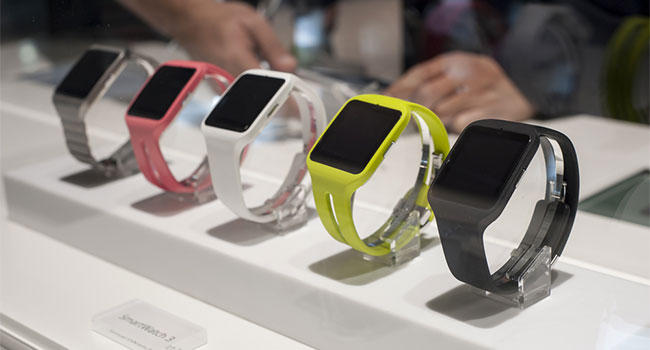
Your Smartwatch Could Be Your Biggest Security Threat
- By Sydny Shepard
- Jan 15, 2016
Smartwatches are marketed as tools of convenience for improving everyday activities like shopping and fitness. The wristband technology allows the watch to record your daily movements, monitor your heart beat and can even recognize when you lift your arm to look at the time.
A student at the University of Copenhagen, Denmark has discovered another use for the wearable tech: stealing ATM pin codes and passwords from unsuspecting users.
In Troy Beltrameli’s thesis, titled “Deep-Spying: Spying Using Smartwatch and Deep Learning,” shows a hole in security that’s as clever as it is frightening. The student was able to create an app to capitalize on this gap.
Beltramelli built an app that records the movement data of the Sony Smartwatch 3 and then was able to sift through the data with an algorithm to find important inputs, gaining the ability to unlock a pin-protected phone or use an ATM’s keypad.
This ingenious hack does, however, have its limitations. Users can protect their ATM pin code by pressing it in with the hand that is not wearing the smartwatch. Also, the data needs to be collected by someone in close proximity to the smartwatch. For the student’s test, the data was transferred to a nearby Bluetooth device and then moved onto a server.
The last, and the most important, limitation is that the user has to willingly install the app that records this movement data. This is somewhat easy to overcome by burying such a function in an otherwise legitimate-looking app.
Despite these limitations, this hack raises the question of how safe these smartwatches are. Recording movement data from the accelerometer and gyroscope is an invasion of privacy beyond the normal cybersecurity risks that people are used to.
The most troubling part about this is if a student could find this cyber security flaw, other less-wholesome types are probably making similar breakthroughs and aren’t publishing their findings in their thesis.
About the Author
Sydny Shepard is the Executive Editor of Campus Security & Life Safety.